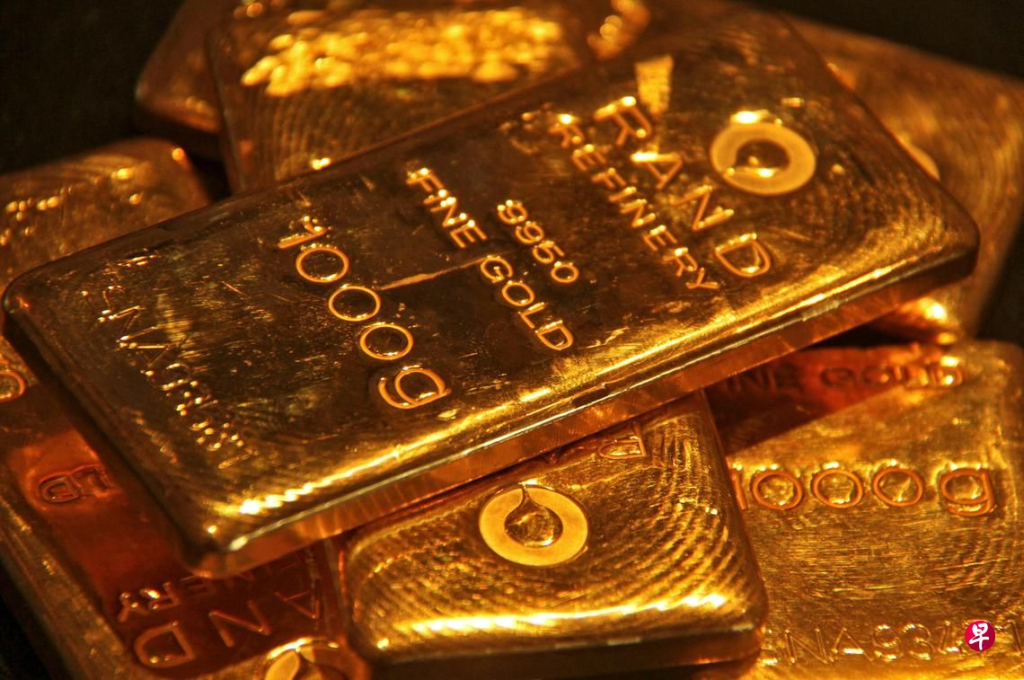
Although the international gold price once fell to a two-week low due to the disagreement within the US Federal Reserve on whether to cut interest rates, after US President Trump announced on Saturday night (June 21st, Eastern Time) that the United States had attacked three nuclear facilities in Iran, the market risk aversion sentiment has increased and the gold price may rebound.
Analysts believe that if the situation continues to deteriorate, gold, as a safe-haven asset, will be more popular and the gold price will most likely rise further.
Last week, gold was a volatile market. It rose and fell on Monday (16th), and rebounded after selling off from the historical high of about $3,450 per ounce.
Last Wednesday (18th), the US Federal Reserve announced that it would maintain interest rates unchanged, in line with market expectations. After the results of the interest rate meeting were disclosed, gold fell slightly in the late trading, but maintained a volatile trend overall.
Last Friday (20th), the gold price fell to about $3,340 and then stabilized, but the gold price still fell throughout the week, the lowest level since June 12th.
To summarize the gold trend of the week, gold closed at $3,368.53 per ounce last week, down 1.92% for the week. The highest was $3,453.66 per ounce and the lowest was $3,341.27 per ounce.
The weakness of gold prices last week was mainly due to the dual influence of the Fed’s cautiousness and the relatively controllable conflict in the Middle East, which led investors to sell their gold positions for several days.
Among them, the Fed announced last Wednesday that it would keep the benchmark interest rate unchanged at 4.25% to 4.50%, which was the fourth consecutive meeting to remain unchanged.
The Fed statement said that recent indicators showed that US economic activity continued to expand steadily, the unemployment rate remained low, the labor market remained solid, and the inflation rate remained “slightly high”.
The statement reiterated that the Fed continues to seek to achieve maximum employment and an inflation rate of 2% over a longer period of time. The uncertainty in the current US economic outlook has eased, “but it is still high.” The Fed is closely watching the risks facing its dual mission.
Analyst: Now may not be the time to short gold
On the other hand, the war between Israel and Iran continues, and there are many uncertainties in US President Trump’s attitude towards Iran.
The White House said last Thursday (19th) that Trump will decide in the next two weeks whether the United States will intervene in the Israeli-Iranian air war and increase pressure on Tehran to force it to negotiate with the United States.
According to reports, Trump announced on Saturday night Eastern Time that the United States launched an air strike on Iran’s three major nuclear facilities, directly involving the United States in the conflict between Israel and Iran and violating his long-standing promise that the United States should avoid being involved in a new war.
In times of political and economic uncertainty, gold is traditionally seen as a hedging tool.
FOREX.com market analyst Fawad Razaqzada pointed out that although gold has weakened, now may not be the time to short.
He said: “It would be a bold judgment to declare the end of the bull market at a time when Iran and Israel are on the verge of saber rattling. The trend remains bullish and key support levels remain solid, so it is too early to declare the end of the gold bull market.”
Christopher Vecchio, head of futures and foreign exchange at Tastylive.com, said: “When everyone is optimistic about gold, it is difficult to see the price of gold continue to break through $3,400. Now gold has all the positive factors, but it still cannot set a new high, which should cause concern to traders.”
According to the latest survey of precious metals website Kitco, six of the 16 analysts interviewed expect gold prices to rise this week, five expect gold prices to fall, and another five expect gold prices to go sideways this week.
Citi is not optimistic about the future trend of gold and expects gold to fall below $3,000 per ounce in the next few quarters. Analysts including Max Layton said: “By the second half of 2026, gold will return to about $2,500 to $2,700 per ounce.”
This is mainly because factors such as weakening investment demand, improved global economic growth prospects, and the Federal Reserve’s interest rate cuts may lead to a decline in gold prices.
Economic data and events worth paying attention to this week include Federal Reserve Chairman Powell’s two-day semi-annual testimony in Congress on Tuesday (24th) and Wednesday (25th). Investors are expected to pay attention to Powell’s speech for new clues about the policy outlook.
